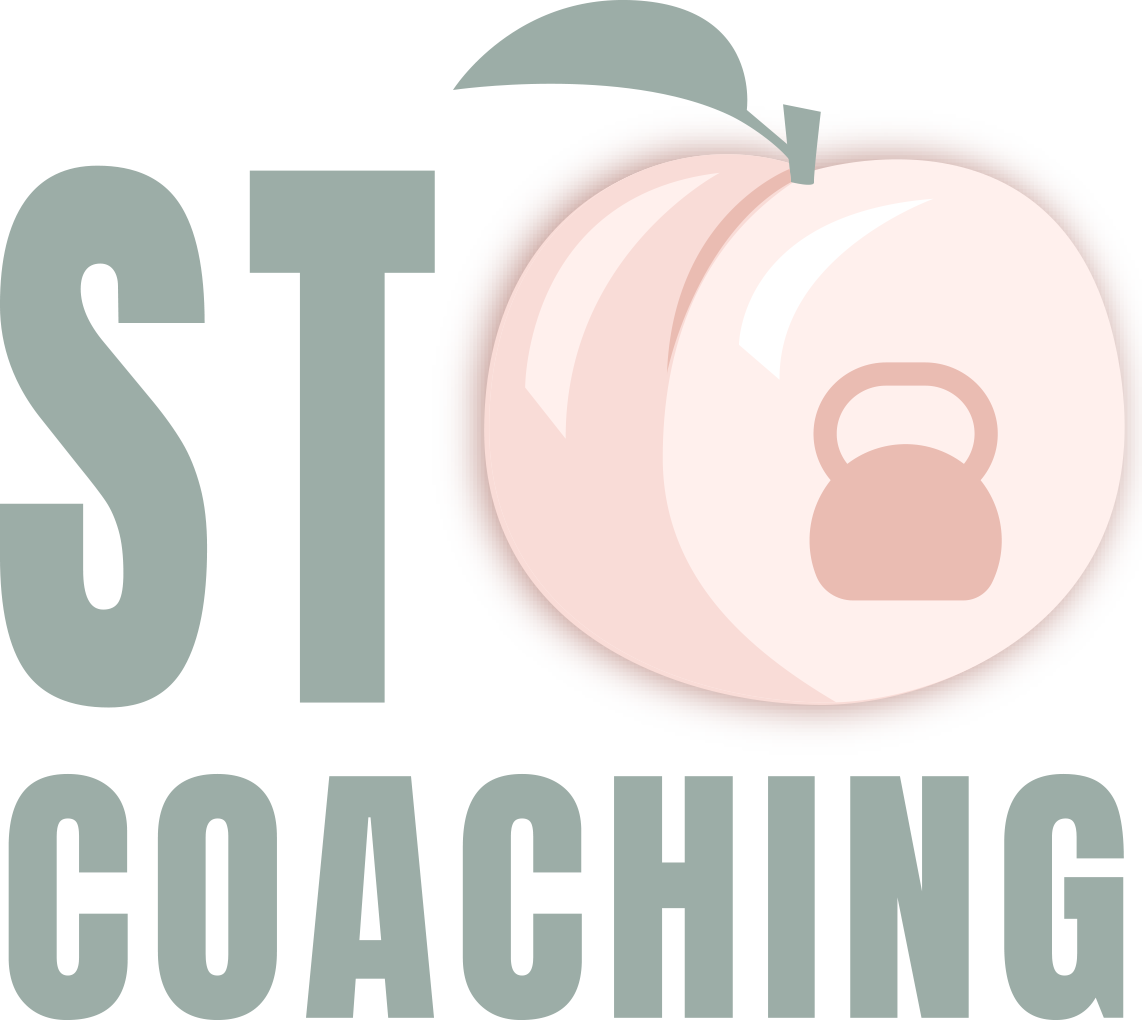6 ways to incorporate progressive overload into your training program.
What does progressive overload actually mean?
It's a method we use to increase your muscle gains and get the best results.
Progressive overload basically means increasing the demand on your muscles in order to make gains and advance in strength, size and endurance. This can simply be achieved by
Increasing Intensity: gradually lifting more weight in your training sessions.
Increasing Volume: doing more reps and sets for the exercises that focus on the muscles that you want to grow.
Time under tension: slowing each rep right down whilst focussing on the muscle group you’re working.
Why I encourage you to apply progressive overload techniques when you’re training
Progressive overload is one of the simplest ways to help build and tone muscle. Without it, our bodies adapt and the probability of seeing any physical changes is minimal. During your workouts if you stick to the same weight, the same level of resistance and do the same thing month in month out. What happens? Not much! You will hit a plateau and stop seeing progress. Your body won’t change and adapt unless you put some extra strain on it – push yourself!
In the gym, the most common way to work on progressive overload is to increase the weight with your equipment. It’s going to be hard at first, but this is how we continue to progress and transform our bodies. After a week or two you’ll be able to lift that increased weight - keep going, keep pushing, you’re in the process of achieving your body goals.
At home it’s a little different - most of us don’t have an abundance of weights and equipment to continually increase resistance and weight for progressive overload.
This is where you can apply other forms of PO to ensure you’re consistently challenging your muscles.
1. Increasing intensity -probably the most obvious way to increase the demands you place on your muscles is to increase the load, or weight. If 30 pounds is too easy when squatting, try adding an extra 5 pounds on each side of the bar - that should be more challenging! Remember, there's an inverse relationship between load and reps, so when you increase the weight, your reps are going to fall to some degree. That's OK, because soon enough, you'll get stronger with that weight and be able to repeat the cycle over again.
2. Increasing reps - to achieve PO You don’t necessarily need to add to weight, alternatively as you get stronger you can simply do more reps. If you feel like you can push a few more reps out – go for it! Sometimes I will do 15-20 reps with some exercises, this is because I haven’t increased the weight and I want to overload the muscle groups I want to build and tone.
3. Increasing volume - volume is simply increasing the number of sets. Just like with your reps – if you have the energy to push out another set, do it! You’re stronger than you think.
4. Increase the frequency - this technique works particularly well when targeting a weaker body part. The usual approach to training a muscle group is once per training split.
By training a lagging muscle group more frequently it helps strengthen, especially when used as
a short-term strategy. This is why I am only a message away, I can increase the length of your workouts, the intensity of your workouts and the number or training sessions you do each week.
6. Time under tension - basically, this is slowing each exercise right down. For example, when you squat slow the movement down to 3 seconds down and 3 seconds up. You can also add a pause at the bottom to increase the amount of time your muscles are under tension.
If you’re following my workout program, either at home or at the gym you should incorporate the above methods, especially on the muscle groups you want to tone and grow. Give them a try on your next session – your muscles will thank you for it!


